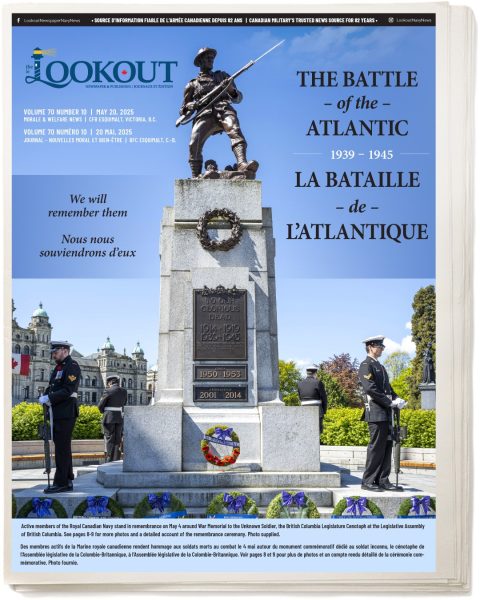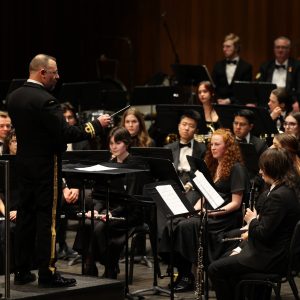
Fun and food highlight FMF GCWCC kickoff
[caption id="attachment_4828" align="alignnone" width="600"] Government of Canada Workplace Charitable Campaign volunteer PO1 Dori Aubin sells 50/50 tickets as part of Fleet Maintenance Facility's fund raising activities.[/caption] The Fleet Maintenance Facility (FMF) Cape Breton kicked off their portion of the Government of Canadian Workplace Charitable Campaign (GCWCC) during an event Sept. 25 by the dry dock.“FMF provides a large portion of support to this campaign,” said Capt(N) Chris Earl, Commanding Officer of FMF. “We know how important it is to give back to our community, and we look forward to giving this year all we’ve got.”Volunteers took donations and sold 50/50 tickets, all to contribute to the GCWCC and its support of the United Way and Healthpartner organizations.The event itself is part of CFB Esquimalt’s larger fundraising campaign. The fundraising goal of $700,000 was announced Sept. 19 and is one Capt(N) Earl believes his unit can help achieve.“In the past FMF has really raised the bar in terms of donations, volunteers, and good work,” he says. “I know you can be depended on to roll up your sleeves when it’s time to give back.”Capt(N) Earl also spoke on the prevalence of GCWCC funded programs in the community, and the work they do for military members and their families.“You don’t have to go far to see the GCWCC helping people,” he said. “Whether it’s Big Brothers, Big Sisters, the Canadian Diabetes Association, or the Single Parent Resource Centre, they’re out there every day supporting the community.”As the event wrapped up Capt(N) Earl expressed his gratitude and pride for the unit he took command of only two months prior.“You are a group of incredibly giving, caring individuals,” he said. “I know if we all work together and do our best we can make this the best year for the GCWCC yet.” -Shawn O’Hara,...

































